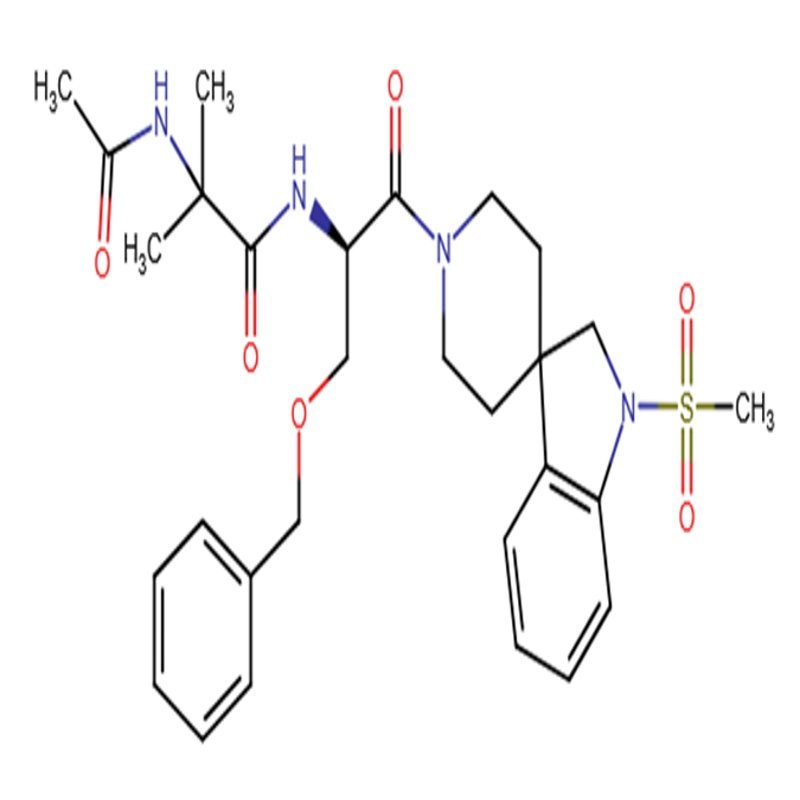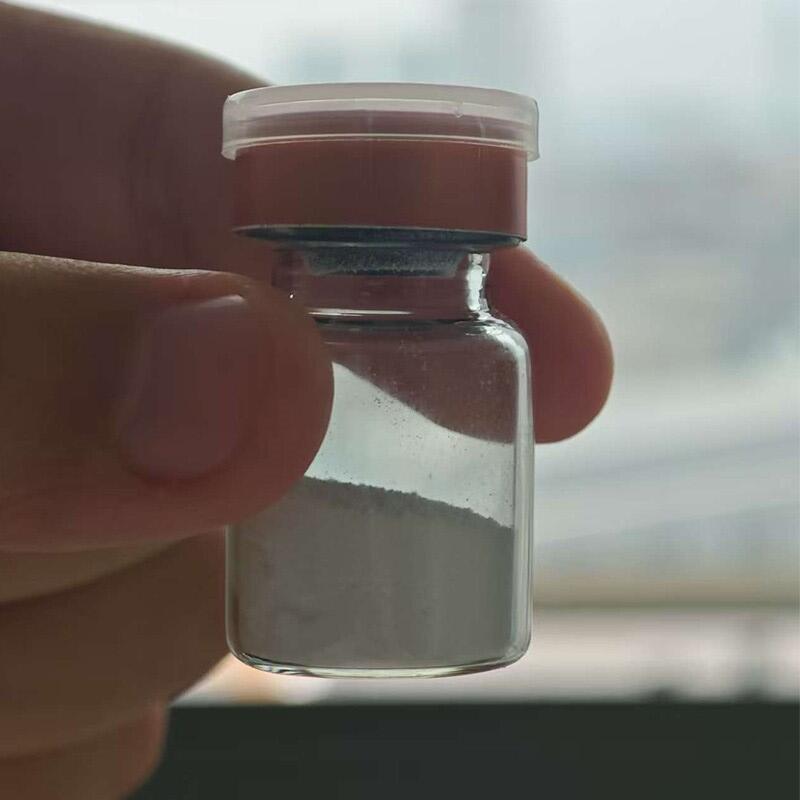-
Categories
-
Pharmaceutical Intermediates
-
Active Pharmaceutical Ingredients
-
Food Additives
- Industrial Coatings
- Agrochemicals
- Dyes and Pigments
- Surfactant
- Flavors and Fragrances
- Chemical Reagents
- Catalyst and Auxiliary
- Natural Products
- Inorganic Chemistry
-
Organic Chemistry
-
Biochemical Engineering
- Analytical Chemistry
-
Cosmetic Ingredient
- Water Treatment Chemical
-
Pharmaceutical Intermediates
Promotion
ECHEMI Mall
Wholesale
Weekly Price
Exhibition
News
-
Trade Service
Phenyltris(butanoxime)silane, also known as PTBSA, is a compound that is commonly used in the chemical industry for a variety of applications.
It is an important intermediate in the production of various chemicals, including surfactants and lubricants.
One of the key advantages of PTBSA is its ability to improve the performance of various products.
For example, it can be used as a dispersant in lubricants to improve their viscosity and reduce the tendency of the lubricant to separate into its component parts.
It can also be used as a surfactant in cleaning products to improve their effectiveness and make them more easily dispersible in water.
PTBSA is also valued for its stability and compatibility with other chemicals.
It is highly resistant to hydrolysis and is therefore not readily decomposed by water or other liquids.
This makes it an ideal component in products that are designed to be used in moist or humid environments.
In addition to its properties as a chemical intermediate, PTBSA is also valued for its ease of handling and transport.
It is a solid at room temperature, which makes it easier to handle and store than many other chemicals that are liquid at room temperature.
It is also relatively stable in transport, which makes it easier to ship and store in large quantities.
The production of PTBSA typically involves a number of steps, including the synthesis of the starting materials and the reaction of these materials to form the final product.
The synthesis of the starting materials typically involves the use of chemical reactions and purification techniques to produce a pure, high-quality material.
The reaction of these materials to form PTBSA typically involves the use of chemical catalysts and conditions, such as high temperature and pressure, to promote the reaction.
The production of PTBSA also typically involves the use of various equipment and technologies, including reaction vessels, reactors, and purification systems.
These systems are designed to ensure that the production process is efficient, safe, and environmentally friendly.
In conclusion, PTBSA is an important intermediate in the production of a variety of chemicals, and is valued for its properties as a chemical intermediate, its stability, compatibility with other chemicals, and ease of handling and transport.
Its production typically involves a number of steps, including the synthesis of the starting materials and the reaction of these materials to form the final product, and requires the use of various equipment and technologies.







